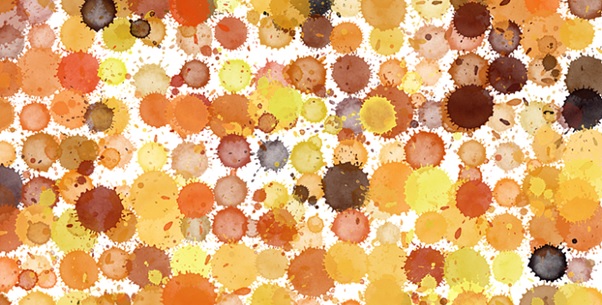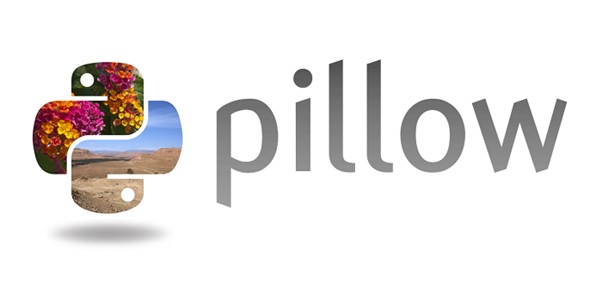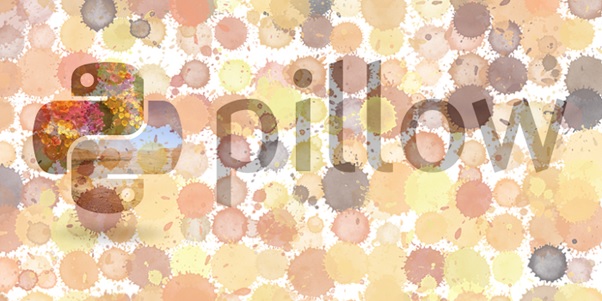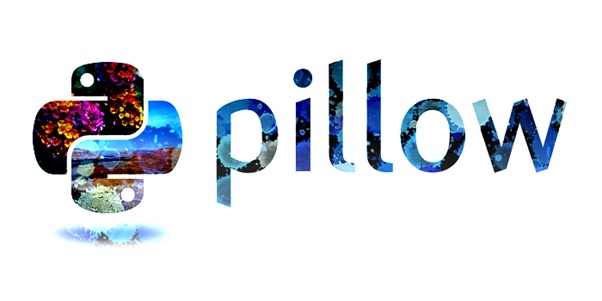
- Python Pillow 教程
- Python Pillow - 首頁
- Python Pillow - 概述
- Python Pillow - 環境設定
- 基本影像操作
- Python Pillow - 影像處理
- Python Pillow - 調整影像大小
- Python Pillow - 翻轉和旋轉影像
- Python Pillow - 裁剪影像
- Python Pillow - 為影像新增邊框
- Python Pillow - 識別影像檔案
- Python Pillow - 合併影像
- Python Pillow - 剪下和貼上影像
- Python Pillow - 滾動影像
- Python Pillow - 在影像上寫入文字
- Python Pillow - ImageDraw 模組
- Python Pillow - 合併兩張影像
- Python Pillow - 建立縮圖
- Python Pillow - 建立水印
- Python Pillow - 影像序列
- Python Pillow 顏色轉換
- Python Pillow - 影像顏色
- Python Pillow - 使用顏色建立影像
- Python Pillow - 將顏色字串轉換為 RGB 顏色值
- Python Pillow - 將顏色字串轉換為灰度值
- Python Pillow - 透過更改畫素值來更改顏色
- 影像處理
- Python Pillow - 降噪
- Python Pillow - 更改影像模式
- Python Pillow - 影像合成
- Python Pillow - 使用 Alpha 通道
- Python Pillow - 應用透視變換
- 影像濾鏡
- Python Pillow - 為影像新增濾鏡
- Python Pillow - 卷積濾鏡
- Python Pillow - 模糊影像
- Python Pillow - 邊緣檢測
- Python Pillow - 浮雕影像
- Python Pillow - 增強邊緣
- Python Pillow - 銳化蒙版濾鏡
- 影像增強和校正
- Python Pillow - 增強對比度
- Python Pillow - 增強銳度
- Python Pillow - 增強顏色
- Python Pillow - 校正色彩平衡
- Python Pillow - 去噪
- 影像分析
- Python Pillow - 提取影像元資料
- Python Pillow - 識別顏色
- 高階主題
- Python Pillow - 建立動畫 GIF
- Python Pillow - 批次處理影像
- Python Pillow - 轉換影像檔案格式
- Python Pillow - 為影像新增填充
- Python Pillow - 顏色反轉
- Python Pillow 與 NumPy
- Python Pillow 與 Tkinter BitmapImage 和 PhotoImage 物件
- Image 模組
- Python Pillow - 影像混合
- Python Pillow 有用資源
- Python Pillow - 快速指南
- Python Pillow - 函式參考
- Python Pillow - 有用資源
- Python Pillow - 討論
Python Pillow - 影像混合
影像混合 是將兩張或多張影像組合或混合以建立新影像的過程。一種常見的影像混合方法是使用 alpha 混合。在 alpha 混合中,結果中的每個畫素都是根據輸入影像中相應畫素的加權和計算的。表示透明度的 alpha 通道用作權重因子。
此技術通常用於圖形、影像處理和計算機視覺中,以實現各種視覺效果。
Python Pillow 庫在其 Image 模組中提供 `blend()` 函式來對影像執行混合操作。
`Image.blend()` 函式
此函式提供了一種透過指定混合因子 (alpha) 來在兩張影像之間建立平滑過渡的便捷方法。該函式透過使用常量 alpha 值在兩個輸入影像之間進行插值來建立新影像。插值根據以下公式執行:
out=image1×(1.0−alpha)+image2×alpha
以下是該函式的語法:
PIL.Image.blend(im1, im2, alpha)
其中:
im1 - 第一張影像。
im2 - 第二張影像。它必須與第一張影像具有相同的模式和大小。
alpha - 插值 alpha 係數。如果 alpha 為 0.0,則返回第一張影像的副本。如果 alpha 為 1.0,則返回第二張影像的副本。對 alpha 值沒有限制。如有必要,結果將被裁剪以適合允許的輸出範圍。
示例
讓我們來看一個使用Image.blend() 方法混合兩張影像的基本示例。
from PIL import Image
# Load two images
image1 = Image.open("Images/ColorDots.png")
image2 = Image.open("Images/pillow-logo-w.png")
# Blend the images with alpha = 0.5
result = Image.blend(image1, image2, alpha=0.5)
# Display the input and resultant iamges
image1.show()
image2.show()
result.show()
輸入影像


輸出

示例
這是一個演示使用 alpha 值為 2 的 PIL.Image.blend() 的示例。
from PIL import Image
# Load two images
image1 = Image.open("Images/ColorDots.png")
image2 = Image.open("Images/pillow-logo-w.png")
# Blend the images with alpha = 2
result = Image.blend(image1, image2, alpha=2)
# Display the input and resultant iamges
image1.show()
image2.show()
result.show()
輸入影像


輸出

示例
這是一個演示使用 alpha 值為 1.0 的 PIL.Image.blend() 的示例。它將返回第二張影像的副本。
from PIL import Image
# Load two images
image1 = Image.open("Images/ColorDots.png")
image2 = Image.open("Images/pillow-logo-w.png")
# Blend the images with alpha = 2
result = Image.blend(image1, image2, alpha=1.0)
# Display the input and resultant iamges
image1.show()
image2.show()
result.show()
輸入影像


輸出

廣告